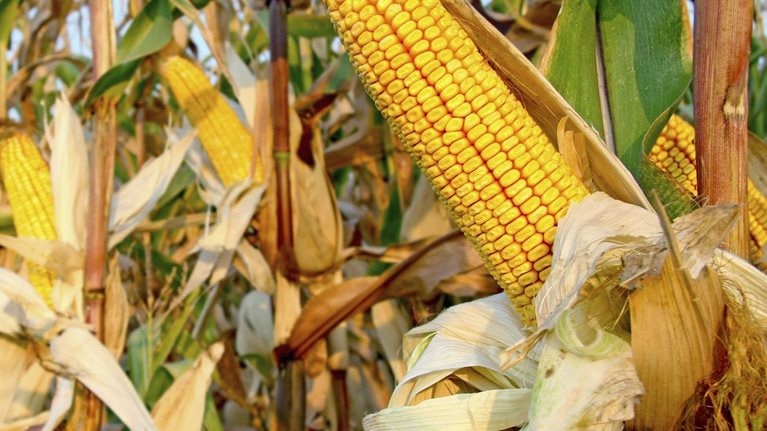Japanese cuisine and food products are recognized the world over for quality and flavor, yet the country’s agricultural sector has been unable to capture the same level of success reached by its other industries, such as automotive and high tech. Indeed, while niche areas such as washoku, a traditional cuisine, generate billions of dollars in exports for Japan, overall earnings from agricultural exports have remained stagnant for decades.
In 2013, the latest data available, agricultural output reached $58 billion, from $41 billion in 1985—a compounded annual growth rate of barely 1 percent. Total food exports from Japan have been stagnant since 1960, while those from other countries have soared (exhibit). Between 1960 and 2010, Japan’s agriculture exports grew by just $3 billion, compared with almost $100 billion or more in Germany, the Netherlands, and the United States.

Against this backdrop, the government of Prime Minister Shinzō Abe has set ambitious goals for the country’s agricultural sector. The government wants to increase agricultural production to 54 million tons by 2025, from 50 million tons in 2013, with most of the increase in production being exported. In addition, it hopes to boost producer income by 21 percent in the same period, increasing it to $35 billion from $29 billion, and bringing export revenues to at least $10 billion by 2020, up from more than $6 billion in 2015.
To help determine what might be needed to reach these aspirations, McKinsey conducted research on the dynamics of Japan’s agricultural sector and relevant trends at the global, national, and corporate levels. The resulting report, Empowering Japanese agriculture for global impact, considers unique aspects of the sector, looks at the changing global and domestic market environments, and seeks to identify specific opportunities to empower Japan’s agricultural industry.
The Japanese agricultural industry faces challenges from a number of structural factors. These include the age of agricultural production workers, who are getting older; the high costs for imported inputs such as fertilizer and seeds; a fragmented industry structure, which inhibits production improvements; and high distribution costs.
Despite these obstacles, global trends could support Japan’s efforts to revive its agricultural sector. Population growth and improved standards of living will combine to push global food consumption higher. Between 2009 and 2030, global demand for meat will grow by 70 percent, while demand for corn, rice, soybeans, and wheat, the largest agricultural products by volume, will increase by 40 to 50 percent over roughly the same period.
The nature of demand is also changing. As standards of living increase, people are less likely to purchase fresh produce and meats to cook at home, because they would rather eat out or buy processed foods. The share of fresh food bought for home consumption fell to 16 percent in 2011 from about 30 percent in 1980.
Would you like to learn more about our Chemicals Practice?
Still, while demand is expected to increase, supply is under pressure. Growth in the production of major crops has fallen since the 1960s, hitting barely 1 percent by 2010. Resource scarcity is also a concern, with 20 percent of the world’s arable land no longer fit for agriculture because of water depletion, greenhouse-gas emissions, soil degradation, and other factors.
Increased global demand for agricultural products and questionable supplies present an opportunity for Japan to reach its productivity and export goals, but first it must overcome several challenges:
Secure raw materials. Raw materials needed for agriculture—fertilizer and seeds, for example—are largely controlled by companies outside Japan, which can create uncertainties and contribute to relatively high input costs. One option could be for Japanese companies to acquire interests in upstream companies, a strategy being followed with some success by China.
Reduce input costs. Fixed and variable costs can both be cut. One large farm in Japan has cut costs to about 60 percent of the average for similar farms by negotiating more aggressively with its suppliers and improving its consumption management, among other measures. Demand management could include better soil analysis to pinpoint the appropriate mix of fertilizer, which could prevent using an unnecessarily expensive mix.
Fixed costs could lead to longer-term savings. Vertical farming could deliver substantial reduction in water and land needs, while producing more per square meter. Other plant-factory technologies are also being developed.
Streamline the value chain. Distribution costs can add up to 90 percent to the cost of food being prepared at home. Streamlining the value chain can lead to a more efficient use of resources and improved overall productivity. One area with significant potential is big data analytics, which could, for example, allow producers to forecast their needs more accurately, affecting procurement and production schedules.
Collaborate with partners. Greater collaboration among producers, processors, logistics providers, and other stakeholders can also improve productivity costs, eliminate waste, create efficient resource flows, and allow a quicker response to demand changes. Suppliers could form agricultural cooperatives to share equipment and manage common resources or consolidate their purchases to create greater bargaining power. Processors have also worked with growers to provide training in modern agriculture techniques and approaches.

Pursuing the global opportunity in food and agribusiness
Harness technology. New technologies can generate significant value for agriculture. In one illustration of the promise, venture-capital funding for AgTech companies—technology companies focused on the agricultural sector—grew to $4.6 billion in 2015 from $900 million in 2013. Big data analysis, for example, can sift through information on weather, soil conditions, and other factors to suggest optimal fertilizers or planting patterns.
The Japanese agricultural sector can break from its stagnation, achieving government goals for production while helping to meet a growing global demand for food. To capture the chance, it should move forward with pilot programs that demonstrate value and prepare a plan to deploy them more broadly. For the greatest success, all stakeholders—producers, processors, government agencies, and academics, among others—must work together toward a common goal.
Download the full report on which this article is based, Empowering Japanese agriculture for global impact (PDF–2.43MB).


